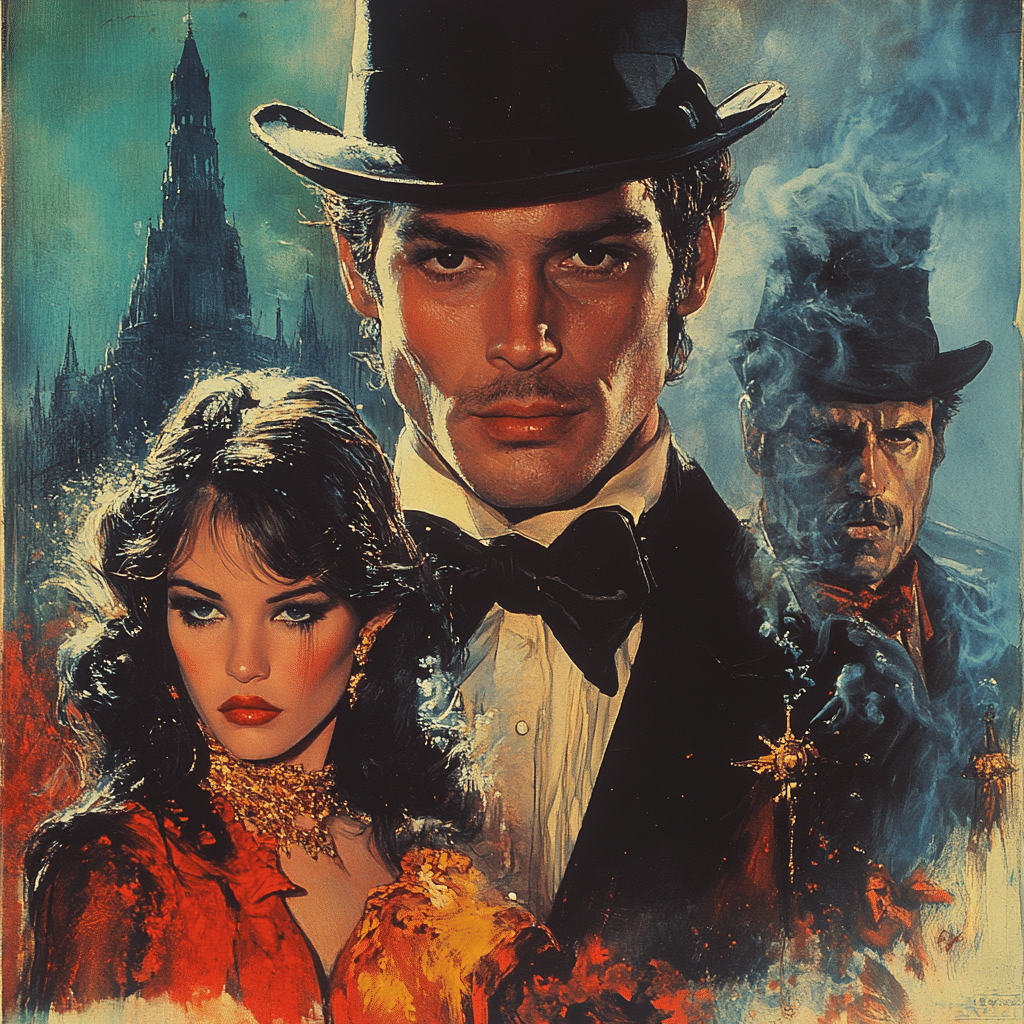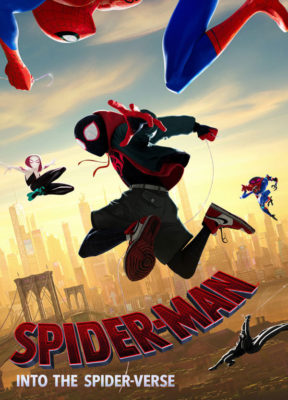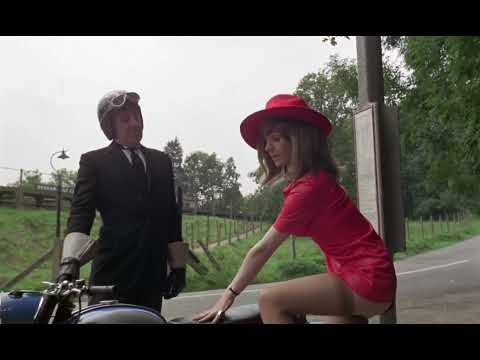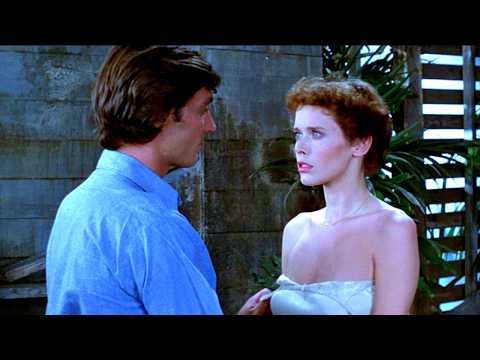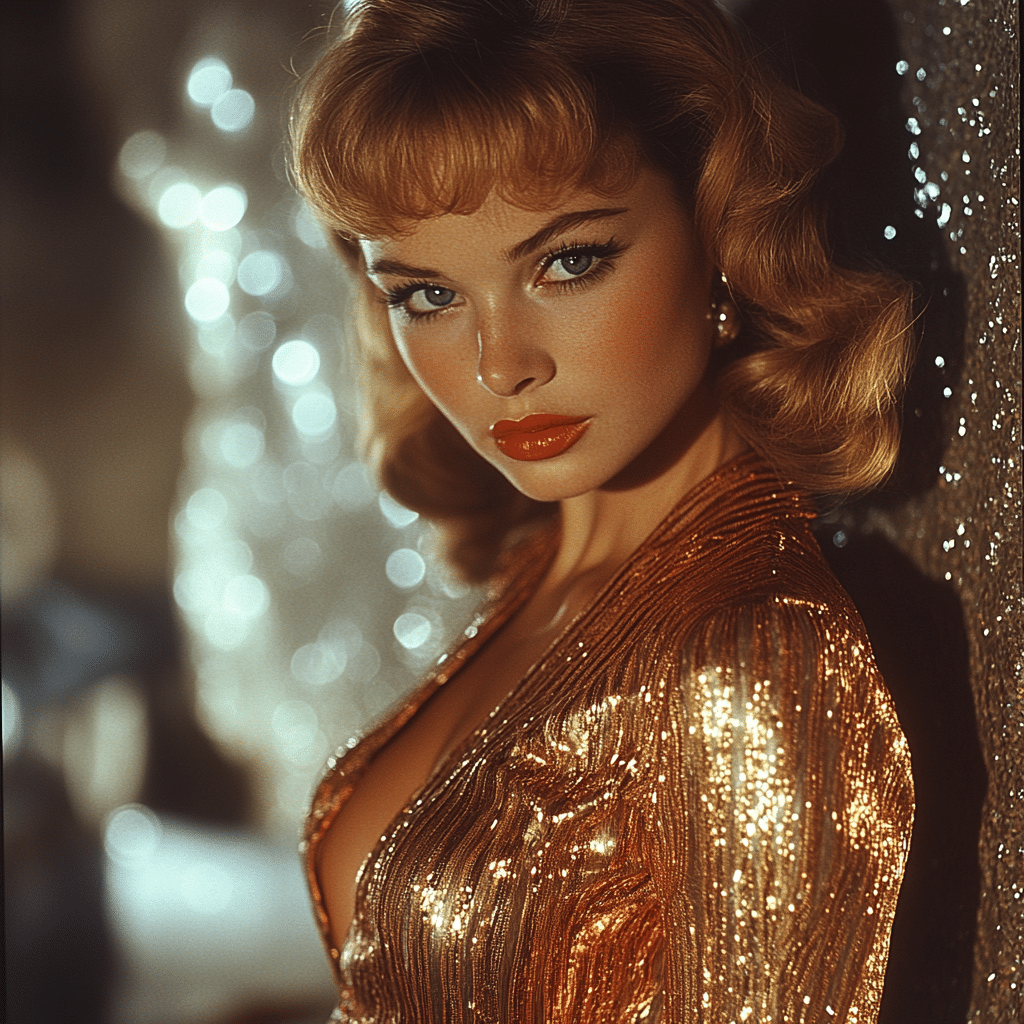
Sexploitation Movies That Shook Hollywood Forever
Sexploitation movies emerged in the tumultuous 1960s and 1970s, a time when societal norms around sexuality were ripe for disruption. These films weren’t just about explicit content; they blended elements of pornografia with keen social commentary that challenged the status quo. By doing so, they altered Hollywood’s cinematic landscape forever, weaving themes of sexuality, gender roles, and freedom of expression into the very fabric of film. This article explores seven pivotal sexploitation movies that not only entertained but ignited critical dialogue around sexuality and societal constraints in an industry heavily rooted in conservative values.
These films showcased a daring exploration of taboo topics, painting complex portraits of intimacy and desire. As we dive into the world of sexploitation movies, it becomes evident how this genre acted as a catalyst for change, sparking movements that continue to resonate today. Buckle up, movie lovers; we’re about to uncover some of the most groundbreaking films that shook Hollywood!
Top 7 Sexploitation Movies That Shifted Hollywood Forever

1. The Graduate (1967)
Starring the venerable Dustin Hoffman and the talented Anne Bancroft, The Graduate may not be labeled a classic sexploitation film, but it was critical in stretching the boundaries of mainstream cinema. The film dives headfirst into an affair between a young man and an older woman, breaking societal taboos. Its rich narrative, packed with symbolic undertones, laid the groundwork for more frank portrayals of sexuality in subsequent films.
The film’s themes of disillusionment and social expectations questioned the American dream. It also paved the way for a wave of sexual freedom in films that followed, showcasing how a simple yet bold premise could challenge norms and redefine relationships on screen.
2. Behind the Green Door (1972)
If ever there was a film that exemplifies sexploitation, it’s Behind the Green Door. This notorious film combined eroticism with surrealist elements in a way that hadn’t been seen before in adult cinema. The plot emphasized both explicit scenes and a coherent storyline that grappled with themes of consent, desire, and identity.
Released when the sexual revolution was at its peak, it became crucial in establishing the cultural significance of adult films. The film’s blend of narrative depth with adult content helped shift perceptions of what pornography could represent, making it a milestone in pornografia history.
3. Deep Throat (1972)
When it comes to notorious sexploitation films, Deep Throat reigns supreme. Starring Linda Lovelace, this movie not only brought pornography into the mainstream but also sparked heated legal battles. It raised questions about obscenity laws and provided a platform for debate about female agency and the adult film industry.
What’s fascinating is how Deep Throat transcended its explicit nature to challenge societal perceptions of sex work. The film remains a landmark, illustrating the stark contrasts in how sexuality was depicted and discussed, pushing boundaries further than many thought possible.
4. The Devil in Miss Jones (1973)
Directed by Gerard Damiano, this film is a noteworthy blend of eroticism and morality. The narrative focuses on a woman’s yearning for passion beyond the mundane elements of her life. The Devil in Miss Jones not only achieved critical acclaim but also commercial success, demonstrating that sexploitation could encompass meaningful storytelling.
By intertwining a compelling narrative with adult content, this film paved the way for further exploration of women’s desires in cinema. It ignited conversations about the complexity of female sexuality, proving that sexploitation movies could be both provocative and profound.
5. Pink Flamingos (1972)
John Waters’ Pink Flamingos is often celebrated as a surreal masterpiece in sexploitation cinema. It embodies absurdity and shock, turning the exploration of sexuality into an art form. Its campy style and boundary-pushing content confronted decency standards and challenged cultural norms.
The film’s legacy lies in its embrace of individuality and LGBTQ representation. It became a cult classic and inspired a generation of filmmakers to forward unconventional stories that broke away from the norms of their time.
6. Emmanuelle (1974)
This French classic starring Sylvia Kristel skyrocketed to global fame and popularized erotic cinema across Europe and beyond. Emmanuelle didn’t just depict sexual experiences; it portrayed sexuality as a form of liberation. The film delved into sexual politics, confronting notions of freedom while featuring LGBTQ characters and relationships, making it a significant title in the evolution of sexploitation.
Its commercial success led to multiple sequels and left a lasting mark on cinema, influencing countless films focused on sensuality and exploration. The provocative themes explored in Emmanuelle ushered in a new era, making it a landmark in the landscape of pornografia.
7. I Spit on Your Grave (1978)
This film takes the definition of sexploitation to harrowing extremes. It tackles heavy themes of misogyny, violence, and revenge, positioning itself as a polarizing piece of cinema. The film’s controversial depiction of sexual violence and its aftermath led to fierce debates about the representation of women in film.
Despite its harsh portrayal of sexual assault, I Spit on Your Grave ultimately became a reference point for discussions around empowerment and retribution. It challenged audiences to grapple with complex issues of gender and violence in ways that few films dared to.
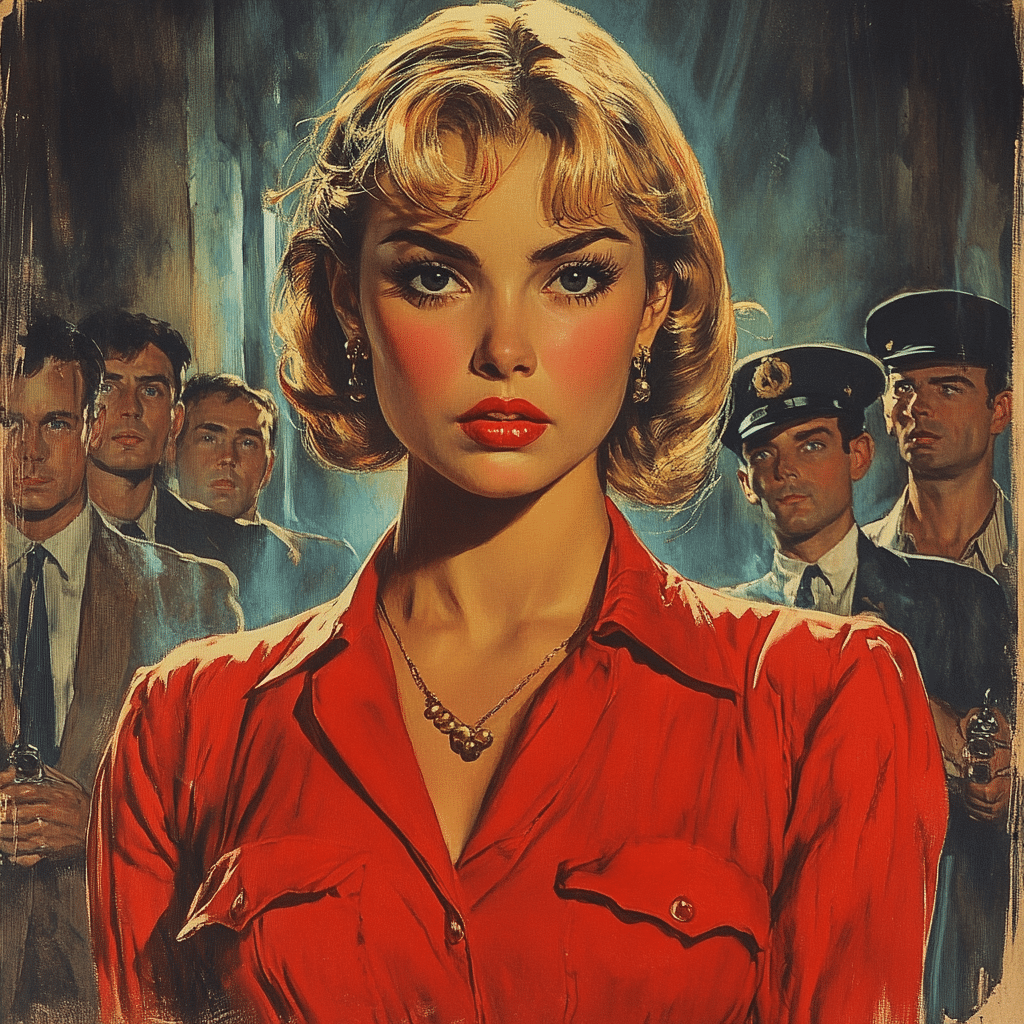
The Lasting Legacy of Sexploitation Cinema
The ripple effects of sexploitation movies have profoundly reshaped Hollywood conventions. They brought discussions of sex and sexuality into the heart of mainstream discourse. The influence can be clearly seen in contemporary cinema, where filmmakers continue to explore themes surrounding sexual freedom and identity.
Films like Fifty Shades of Grey and series such as Euphoria owe much to the groundwork laid by these classics. As today’s films tackle similar challenges, they reflect society’s changing attitudes toward sexuality and expression.
The legacy of sexploitation films is a testament to the power of storytelling. By intertwining provocative subject matter with significant social critique, these films have encouraged engaging conversations that echo into our increasingly complex world. As we traverse through the tapestry of Hollywood history, we see that the boldness of sexploitation movies challenges us to reconsider the boundaries of art, identity, and morality in film.
Take a moment to appreciate how far cinema has come from those daring early days. With each new wave of storytelling, sexploitation movies remind us that beneath the layers of entertainment lies a powerful pursuit of truth and understanding in the realm of human experience.
Sexploitation Movies That Shook Hollywood Forever
Breaking Boundaries
Sexploitation movies rocketed to popularity in the late ’60s and ’70s, pushing boundaries and challenging social norms. The genre, which blended sexual themes with edgy storytelling, was often dismissed as lowbrow entertainment. However, these films weren’t just about titillation; they tackled issues like liberation, identity, and feminism in unexpected ways. Think about classics that struck gold at the box office, bringing marginalized voices into the spotlight while questioning the status quo, much like the buzz created around modern success stories such as the Tinder Swindler.
Interestingly enough, some of these films claimed to depict gritty realism, but they often conveyed sensationalized fantasies. Take, for instance, the iconic Behind the Green Door, which paved the way for adult film as legitimate cinema. Its impact reached beyond the silver screen, inspiring filmmakers to explore storytelling through a provocative lens. It’s a curious reflection of how society’s appetite for sex and sensation has fueled creativity, much like how the rise of influencers sparks trends, akin to songwriters like Nava Mau in the music scene.
Cultural Impact
As sexploitation movies surged, they ignited controversies in the film industry and discussions about censorship and artistic freedom. The era highlighted the tension between cultural conservatism and sexual liberation, similar to how today’s discussions around Hypoallergenic in Dogs or legislation affecting various communities illustrate societal shifts. Each new film often pushed back against norms, leaving an imprint that would carry on for decades. The influence can even be seen in modern TV shows – look at TV Shows With Renee rapp, where themes of sexuality and identity continue to evolve.
This genre didn’t just inspire mainstream films; it also influenced popular culture in unexpected ways, including music and fashion. The daring flair of sexploitation has been referenced and parodied extensively, from quirky contemporary movies to memes across social media. In a sense, it’s like seeing how the legacy of cult classics continues to bleed into pop culture, paralleled by the artistic storytelling found in series like Bj Alex or how audiences are captivated by the grit of tales similar to Tololoche.
So, whether you’re diving into a classic sexploitation flick or sipping on some commentary from modern filmmakers, remember—these stories are more than just bold plots; they’re also a reflection of the times. They remind us how art informs culture, prompting us to question and reconsider the journey we’ve traveled—as nuanced and complex as a good running backpack that’s always ready for the next adventure.
